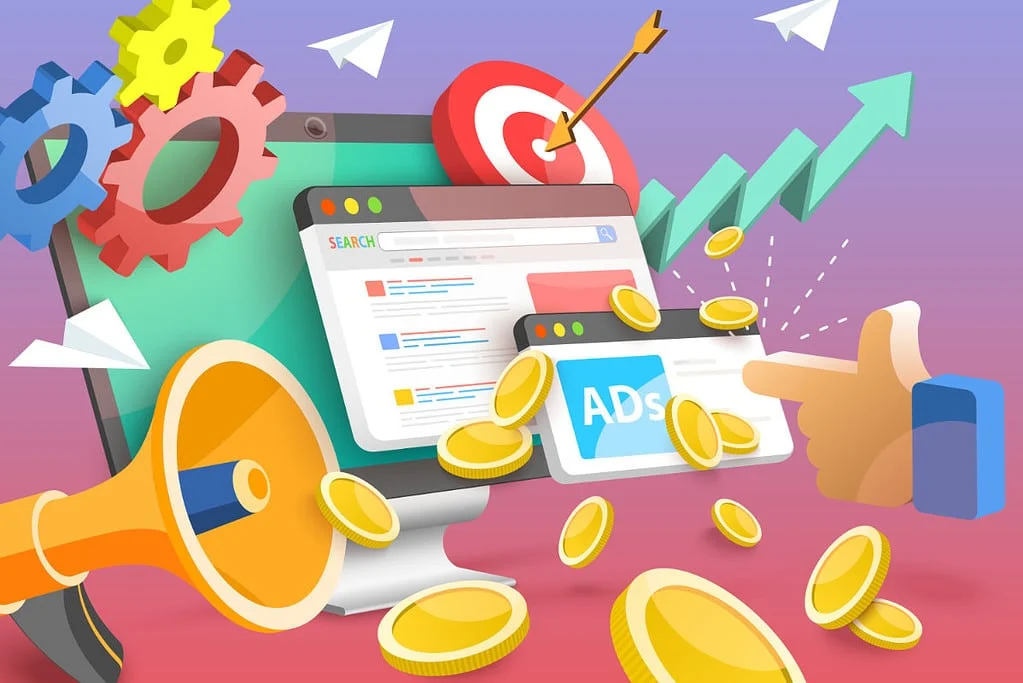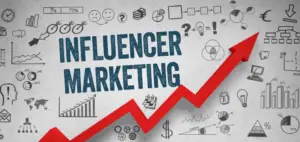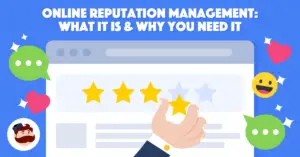The Power of Paid Media Marketing
(Paid Media Marketing) In today’s digital age, where online presence plays a crucial role in business success, paid media marketing has emerged as a powerful tool to reach and engage your target audience effectively. This article will delve into the world of paid media marketing, exploring its various facets, strategies, and benefits. Let’s embark on a journey to discover how paid media marketing can propel your business to new heights.
Understanding Paid Media Marketing
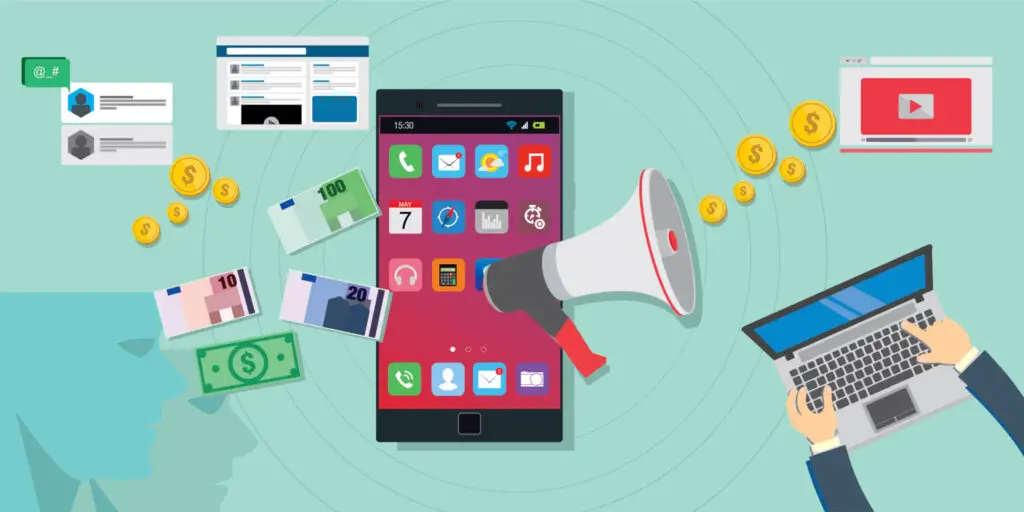
What Is Paid Media Marketing?
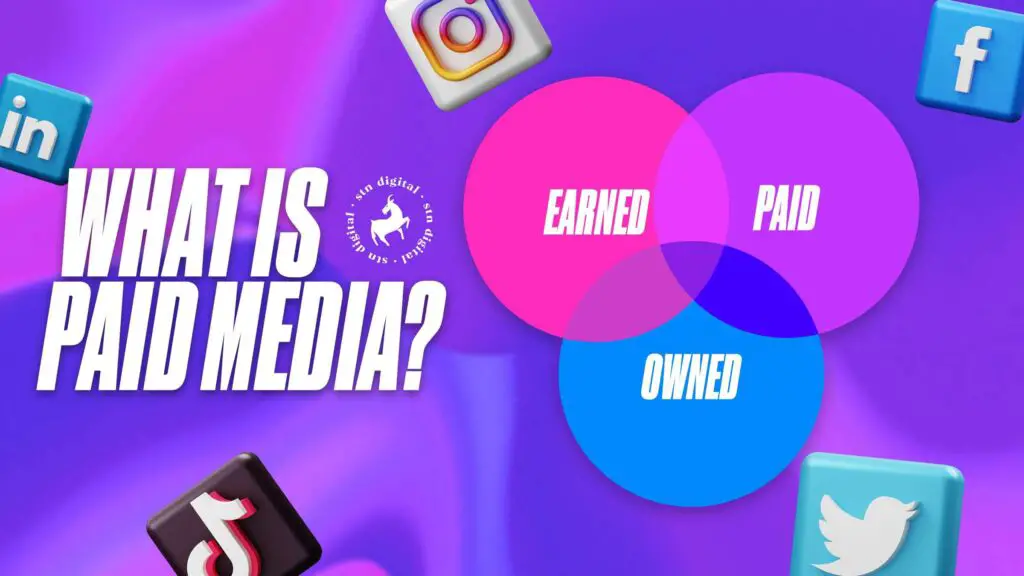
Paid media marketing, often referred to as paid advertising or paid promotion, involves the use of paid channels and platforms to promote your products or services. It’s a strategic approach where you invest in advertising space to ensure your content reaches a wider audience.
Types of Paid Media

Paid media can take various forms, including:
1. Search Engine Advertising (SEA)
SEA involves placing ads on search engine result pages (SERPs), ensuring your website or products appear prominently when users search for relevant keywords.
2. Social Media Advertising
Popular social media platforms like Facebook, Instagram, Twitter, and LinkedIn offer paid advertising options, allowing you to target specific demographics and interests.
3. Display Advertising
Display ads appear on websites, mobile apps, or social media in the form of banners, images, or videos, helping you capture the attention of potential customers.
4. Pay-Per-Click (PPC) Advertising
PPC ads are a cost-effective way to drive traffic to your website. You only pay when a user clicks on your ad, making it a highly measurable approach.
Benefits of Paid Media Marketing
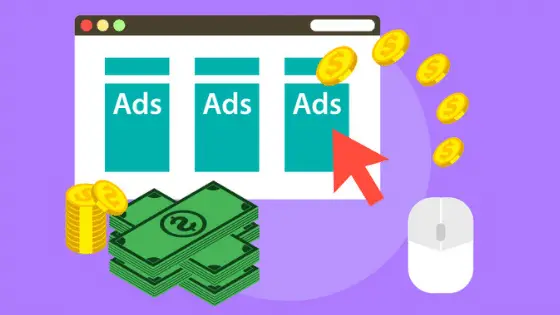
Benefits of Paid Media Marketing
1. Increased Visibility
Paid media marketing ensures your brand and offerings are visible to a wider audience, boosting your online presence.
2. Targeted Advertising
You can tailor your ads to reach specific demographics, interests, and behaviors, ensuring you connect with your ideal customers.
3. Quick Results
Unlike organic strategies that take time to yield results, paid media marketing can generate immediate traffic and conversions.
4. Measurable ROI
Paid media campaigns provide detailed analytics, allowing you to track the performance of your ads and adjust strategies accordingly.
Crafting a Successful Paid Media Marketing Campaign

Crafting a Successful Paid Media Marketing Campaign
1. Set Clear Goals
Define your objectives, whether it’s driving website traffic, increasing sales, or building brand awareness.
2. Identify Your Target Audience
Understand your audience’s preferences, demographics, and online behavior to create compelling ad campaigns.
3. Keyword Research
For SEA campaigns, thorough keyword research is essential to ensure your ads appear in relevant search queries.
4. Compelling Ad Copy
Craft persuasive ad copy that highlights the benefits of your products or services and encourages action.
5. A/B Testing
Continuously test different ad variations to identify what resonates best with your audience.
Combining Paid Media Marketing with Organic Strategies

Combining Paid Media Marketing with Organic Strategies
1. Content Creation
Create high-quality and relevant content that aligns with your paid media campaigns. This content can be in the form of blog posts, videos, or infographics, and it can help increase organic traffic while supporting your paid efforts.
2. SEO Optimization
Optimize your website and content for search engines. This includes using relevant keywords, optimizing meta descriptions, and ensuring your site loads quickly. An SEO-friendly website complements your paid media efforts by improving organic search rankings.
3. Social Media Engagement
Engage with your audience on social media organically. Respond to comments, post regular updates, and foster a community around your brand. Organic social media efforts can amplify the impact of your paid campaigns.
4. Email Marketing
Leverage your email list to nurture leads and maintain customer relationships. Sending out newsletters and personalized content can keep your audience engaged and drive both organic and paid conversions.
Common Challenges in Paid Media Marketing

Common Challenges in Paid Media Marketing
1. Budget Constraints
Smaller businesses may face budget limitations when it comes to paid media marketing. It’s crucial to allocate resources wisely and focus on high-impact strategies.
2. Competition
The digital landscape is highly competitive. To stand out, you need to continuously refine your paid media campaigns and stay updated on industry trends.
3. Ad Fatigue
Repetitive or irrelevant ads can lead to ad fatigue among your audience. To combat this, regularly refresh your ad creatives and target different segments of your audience.
4. Ad Blockers
Some users employ ad blockers to avoid online advertisements. To reach this audience, consider alternative strategies like influencer marketing or native advertising.
Future Trends in Paid Media Marketing
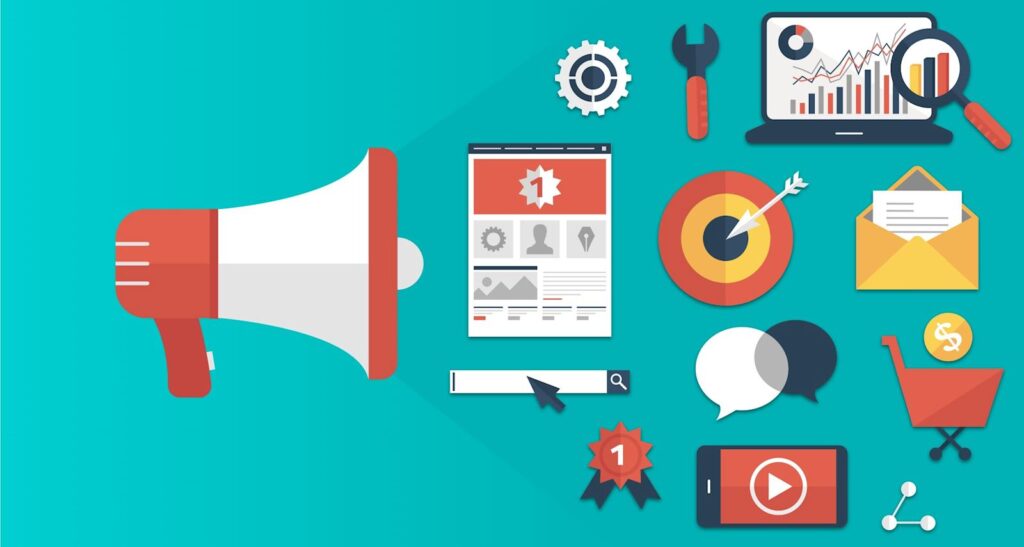
Future Trends in Paid Media Marketing
1. Video Advertising Dominance
Video content is on the rise, and video advertising is becoming increasingly popular. Expect to see more businesses investing in video ad campaigns.
2. AI and Automation
Artificial intelligence and automation tools are becoming integral in optimizing paid media campaigns. They can analyze data, target audiences more precisely, and improve ad performance.
3. Privacy Concerns
As privacy regulations evolve, marketers will need to adapt their strategies to ensure compliance while still delivering personalized content.
4. Ephemeral Content
Ephemeral content, like Stories on social media platforms, is gaining momentum. It offers a unique way to engage audiences in a short-lived but immersive format.
In conclusion, paid media marketing is a dynamic and essential component of any digital marketing strategy. When integrated with organic efforts, it can drive remarkable results and help your business thrive in the competitive online landscape. As technology and consumer behavior continue to evolve, staying updated with the latest trends and strategies will be key to harnessing the full potential of paid media marketing.
Conclusion
Paid media marketing has become an indispensable tool for businesses looking to thrive in the digital landscape. Its ability to increase visibility, target specific audiences, and provide measurable results makes it a valuable investment. By implementing effective paid media strategies, you can propel your business to new heights and stay ahead of the competition.
FAQs
1. Is paid media marketing suitable for small businesses?
Absolutely! Paid media marketing can be tailored to fit any budget, making it accessible for small businesses to compete effectively.
2. How can I measure the success of my paid media campaigns?
You can measure success through key performance indicators (KPIs) such as click-through rates (CTR), conversion rates, and return on investment (ROI).
3. Which social media platforms are best for paid advertising?
The choice of platform depends on your target audience. Facebook and Instagram are popular choices, but LinkedIn may be more suitable for B2B businesses.
4. Are there any risks associated with paid media marketing?
While paid media marketing offers many benefits, it’s essential to manage your budget and campaigns carefully to avoid overspending.
5. Can I combine paid media marketing with organic strategies?
Yes, integrating paid and organic strategies can create a comprehensive digital marketing approach that maximizes your online presence.

